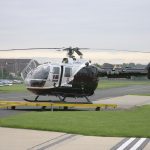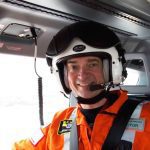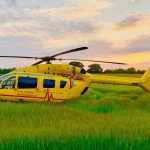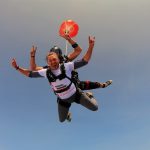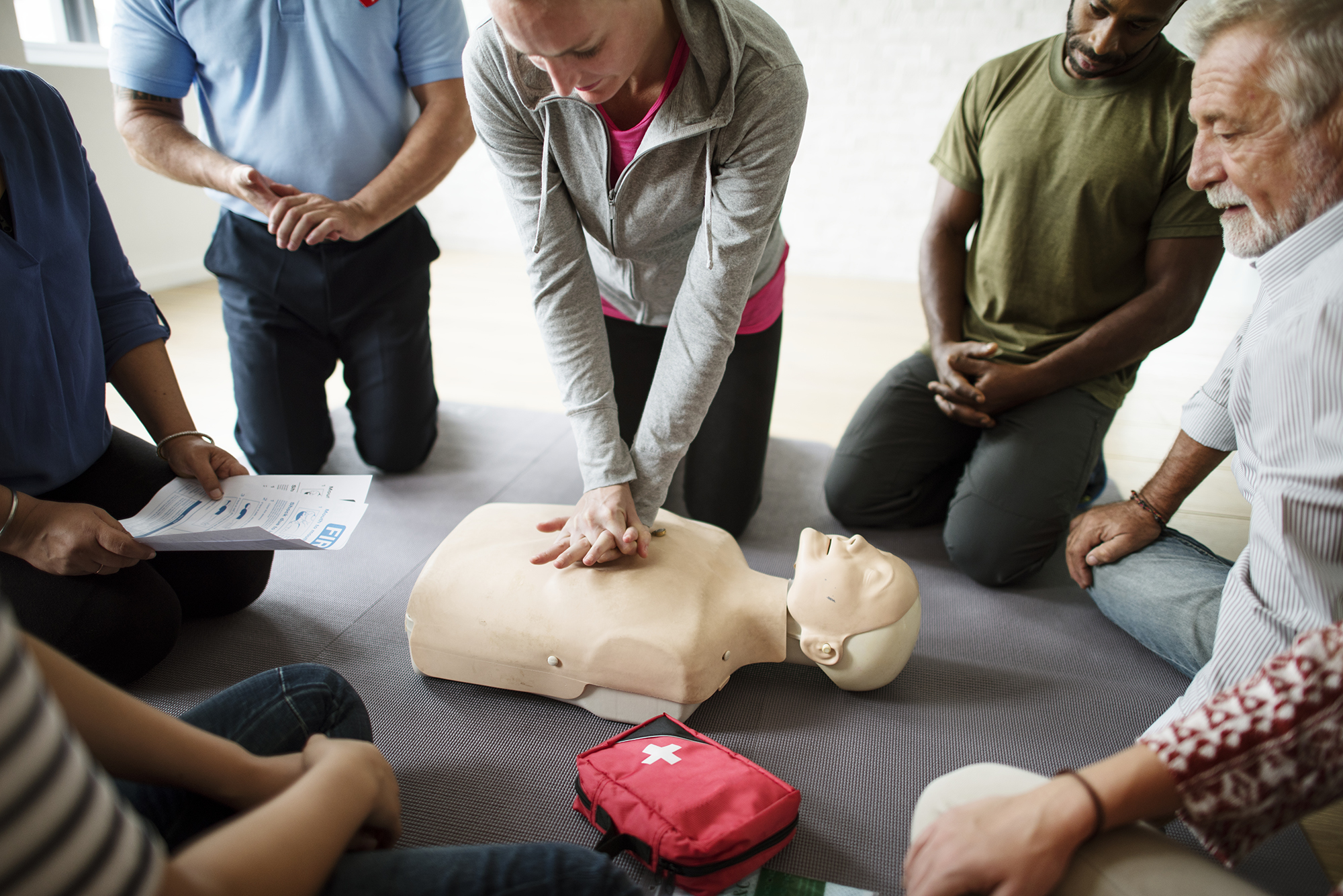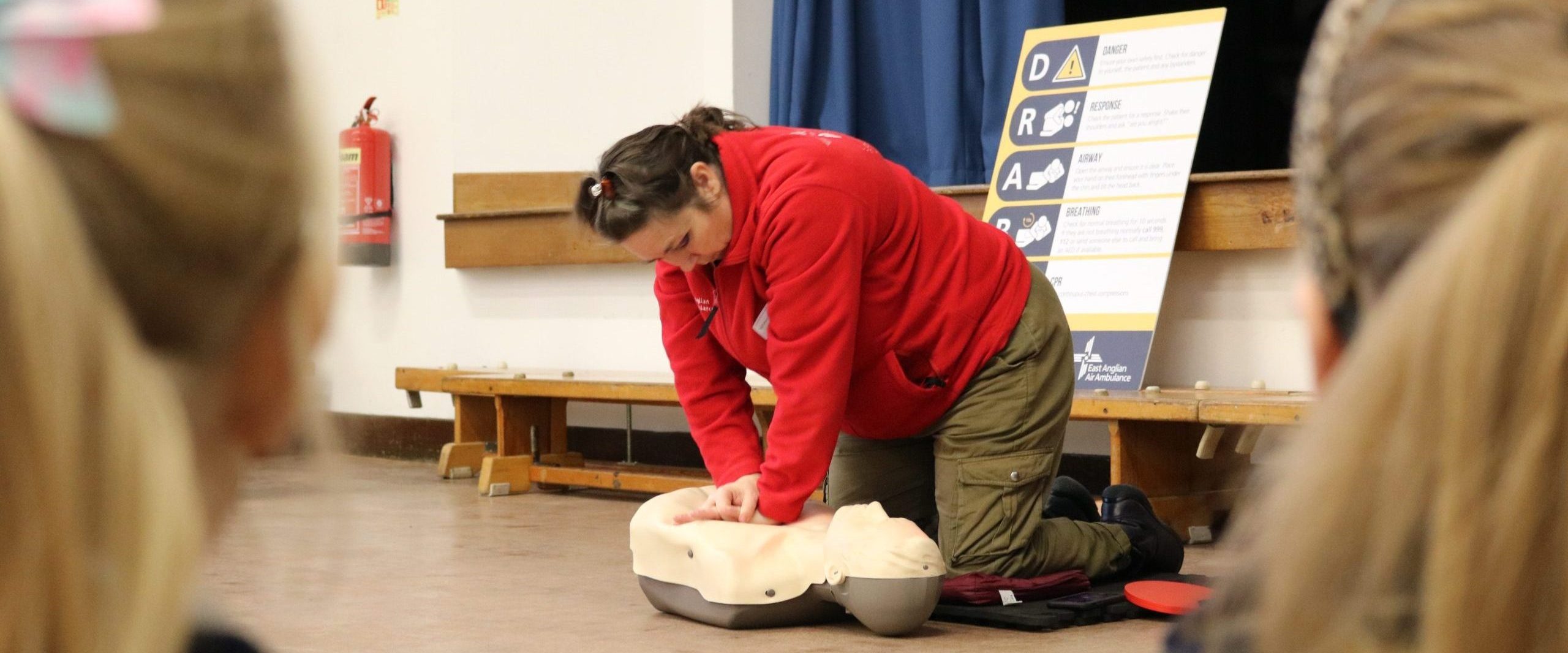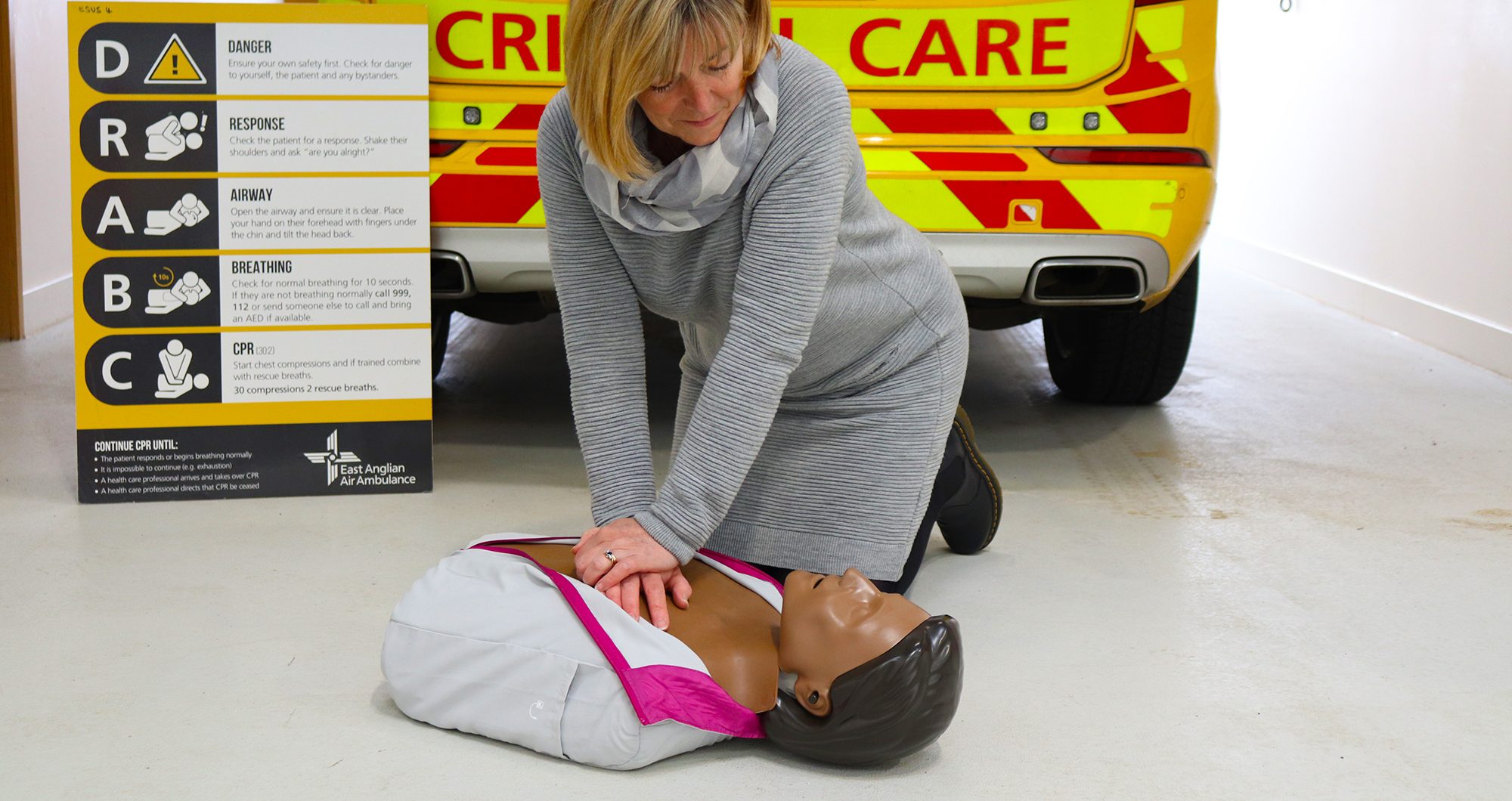10 Oct 2024
Learn how to save a young life with CPR
EAAA delivers free community CPR training sessions because it’s important to have the confidence, knowledge and skills to act effectively to help save a life. Anyone could suffer a cardiac arrest, regardless of their age. One of the questions we are commonly asked at EAAA’s CPR training sessions is how adult CPR differs from child and infant CPR, so we caught up with Josh Lawrence, EAAA’s Community CPR Training Manager, to take a deep dive into some of the considerations when faced with performing CPR on a baby or a child.
What’s the first step to take when somebody has a cardiac arrest?
“Recognising that somebody is in cardiac arrest and calling 999 is always the first step in starting the chain of survival, before commencing chest compressions as quickly as possible. You will always be supported by the call handler, who will talk you through what to do.”
Can CPR be performed on babies?
“Yes. However, the key thing to remember when performing CPR on a baby or child is that is it more likely to be a respiratory arrest than a cardiac arrest. They will still require CPR, but also it means that rescue breaths in these cases are important. This differs to adult CPR, which focusses on compressions, unless you are trained to give effective breaths.
Because a baby’s airway is open in a neutral position (head, eyes and nose facing the ceiling when laying down) , the ‘head tilt, chin lift’ isn’t required. To deliver rescue breaths on a baby, use the air in your cheeks, rather than the air in your lungs. Imagine you’re blowing out a candle. It’s recommended to start with five rescue breathes, to the nose and the mouth, followed by 30 compressions, then two more rescue breaths. Continue with the 30:2 ratio until the arrival of the emergency services, who can take over. When performing compressions on a baby, use two fingers only.
What’s the difference between a cardiac arrest and respiratory arrest and how can I recognise this?
“A cardiac arrest is when the heart stops pumping blood to the brain effectively. This can be for a variety of reasons, however, ultimately it is an electrical issue with the heart, where the heart’s internal pacemaker (the sinoatrial node) stops sending electrical signals (asystole) or sends incorrect signals causing the heart to spasm (fibrillation) or beating to fast (tachycardia).
A cardiac arrest is recognisable from someone who is unconscious and not breathing normally.
A respiratory arrest is similar to a cardiac arrest in that this case; the lungs are no longer functioning normally. This can be caused by a blockage of the airway, lung failure or muscle weakness in the lungs. Signs of someone is respiratory arrest can be cyanosis (blue skin from lack of oxygen in the blood) and unconscious. If respiratory arrest is not treated early, it can easily lead to a cardiac arrest.”
How do I perform CPR on a child?
“First of all, for a child you will need to ‘head tilt, chin lift’ to fully open their airway. It’s recommended to not use all the air in your lung when performing rescue breaths on a child, but the air left in your lungs. Then commence with five rescue breaths, followed by 30 compressions and two more rescue breaths before continuing with a 30:2 ratio. When performing CPR on a child, use one hand.”
What are the age guidelines for CPR?
“The Resuscitation Council guidelines class babies as age 0-1, and children as age 1-18, but discretion is advised on a child’s size. If they are an older child and look like an adult, then judgement can be used.”
What’s an AED and can it be used on a baby/child?
“An AED is an Automated External Defibrillator, otherwise known as simply a defibrillator or a ‘defib’. Defibrillators will usually state age range on them, with children being under the age of 8, and adults 8 and above. It does depend on the device itself; some will have a switch to change voltage, or it will have paediatric pads which can be used. Remember a 999-call handler will talk you through what to do, as well as audio instructions from the defibrillator itself, so you will not be on your own.
A 999-call for a baby in arrest will be the highest priority. When the emergency services arrive, they will take over with specialist equipment.
Does EAAA have baby and child CPR training mannequins?
We have two baby and two child CPR mannequins which we can use for some of EAAA’s Community CPR training programme. We’re grateful to Camgrain, who recently donated a baby and child mannequin that they no longer require. These will be put to good use in our CPR training sessions, especially with adults who work with children, or who have children of their own. These sessions help to build skills and confidence so that people can act quickly in the event of a cardiac arrest and start the chain of survival as soon as possible.
How can I receive training?
EAAA delivers free community CPR training across Bedfordshire, Cambridgeshire, Norfolk and Suffolk. It’s just an hour long and you can learn the skills to save a life. Contact us on 03450 669 999 or email info@eaaa.org.uk to enquire.

